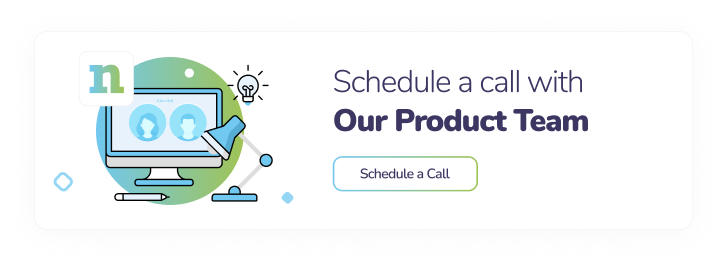
Mastering Website Personalization: A Complete Guide
Website personalization is the process of creating a unique experience for each visitor, tailored to their specific needs, interests and preferences.
It is one of the most powerful tools to increase engagement with customers and allows you to increase both your traffic and revenues in the long run. The way to this is to offer a carefully designed, planned, personalized web experience that your visitors will really enjoy spending time with.
With successfully implemented personal web experience, you get;
- Improved customer experience,
- More qualified leads,
- Increased revenue potential and
- Improved marketing ROI
How to personalize a website?
In today’s highly dynamic and customer-focused world of marketing, catching the attention of your potential customers is crucial. And you can do this by collecting the right kind of data. So first consider what kind of visitor data you can collect. Then use artificial intelligence and predictive analytics tools to deliver the experience you want.
One of the most effective ways to collect visitor data is to ask them directly. You can do this by asking them to fill out a form.
- Subscribe to our service
- Register on our platform
- Make your first purchase
Triggers such as these are the most suitable methods for collecting data.
Thus, you have the opportunity to collect the following information from your customers:
- Name
- Gender
- Phone number
- Location
- Business and more
By collecting such data, you can better understand your visitors and create a more personalized experience for them.
You can also collect visitor data using cookies and web beacons. These tools collect statistics such as how many people view and which links they click on daily.
Also, don’t forget the value of sales records and social media. In particular, start by reviewing your customer records, transaction histories, and interactions with sales and support. Then collect data via social media and use this direct and unfiltered data to better understand your customers.
Email tracking is another way to learn about your customers. You can track how many emails are opened, links are clicked, when they are clicked, how many times an email is viewed, when it is usually opened during the day.
All this information helps you understand your visitors’ interests and preferences so you can better target them with personalized content.

Website Personalization Strategies
Companies have to constantly innovate and test their strategies. Only in this way can they continue to improve their experience and stay ahead of their competitors. Let’s take a look at the most important strategies for customizing your website and how to apply these strategies at scale.
Real-time decision making
Amazon uses a real-time recommendation engine for its homepage. When visitors start typing, they are guided by their previous searches, popular items, or recommendations from customers who have viewed similar pages. Amazon stands out from the competition by providing convenience to its customers and delivering better results to shoppers faster.
Avoiding oversteer
The most important step in personalization is showing your customers what is most relevant to them. However, you can annoy them by showing the same product or service recommendations over and over. Do not depend only on your own guidance and suggestions. Let your visitors explore your site beyond your recommendations.
Correct orientation
Not all channels or pages of your website will work the same in all cases. That’s why it’s so important to understand your target audience and where to convey the right message or advice. Send visitors to a page that closely matches what they’re looking for. This could be your homepage, category pages, or product details. Increase the probability of converting someone who is just browsing. If a visitor has a specific product in mind, point them to the right product for more revenue opportunities.
Testing
Every website personalization campaign is based on a hypothesis. Therefore, take a systematic approach. Use A/B testing to measure your website’s personalization efforts. Tests let you know if you’re on the right track to meet your customization goals. Otherwise, you may need to make changes to your personalization strategy.
Tracking analytics
You can monitor your website’s personalization performance using predictive and artificial intelligence-powered analytics tools. No matter how well website personalization is going, it’s important to adjust your efforts to meet the changing needs of your customers. Review your personalization strategies regularly and make any necessary adjustments. The more innovative ideas you try, the better you can serve your customers.
Explore Netmera Tools for a More Personalized Web Experience
If you think it’s time to make your web services more dynamic, start exploring Netmera’s advanced web interaction tools now. You can increase user engagement and build better relationships with your visitors by turning a static and boring website into a dynamic experience tailored to the needs of each customer, with on-site push notifications, automated messages, content-rich banners, personalized pop-ups, and more.
Personalization
There’s no point in sending out so many notifications unless you’re directly addressing your users and reaching them with content they genuinely care about. Netmera helps you turn every click on your website into personalized engagement through targeted push messages customized based on user behavior and segments.
Automatic Push Notifications
Netmera’s automatic push notifications help you and your customers have a more meaningful web experience. Whether it’s a daily reminder or a special offer on your products and services, you can deliver your messages at the right times, when your customers are online.
Personalized pop-ups
With Netmera‘s simple interface and easy-to-use pop-up design tool, you can create interesting and effective pop-ups in a few minutes. By taking advantage of Netmera’s targeting, segmentation and machine learning algorithms, you can offer personalized content to every unique visitor on your site.

